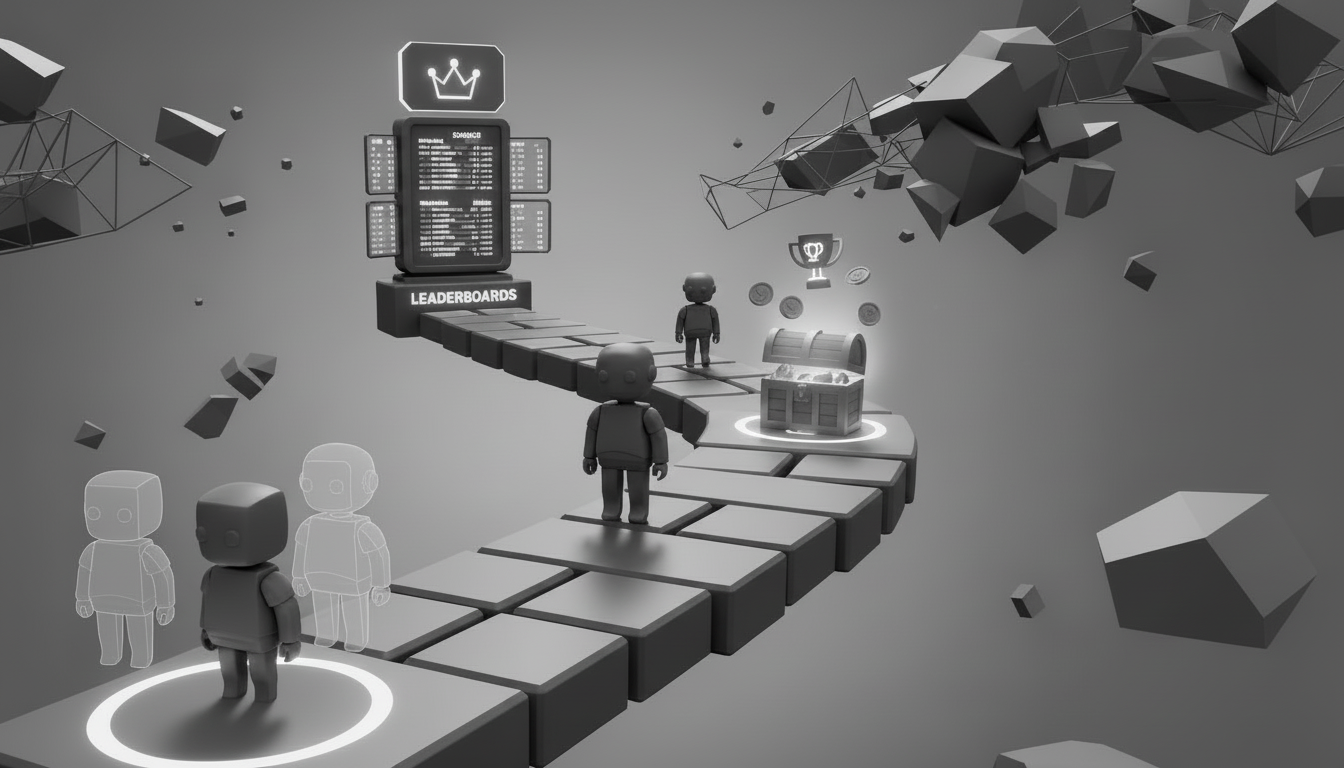
Introducing Change Management in Business through Gamification

In the ever-evolving landscape of modern business, organizational change management has become an essential skill for companies aiming to stay competitive and efficient. The ability to quickly adapt to new technologies, market fluctuations, and changing customer expectations is crucial for maintaining a leadership position. This article explores the fundamental concepts of change management in business, its challenges, and best practices for successful implementation.
Change Management: A Key Element of Organizational Success
Change management is a systematic process designed to help individuals, teams, and organizations transition from a current state to a desired future state. This involves transformations across various levels, including processes, technologies, organizational structures, and corporate culture. The ultimate goal is to maximize benefits while minimizing resistance and potential negative impacts.

Challenges of Change Management
Implementing change within an organization is never an easy task. Common challenges include:
Resistance to Change: Human nature tends to resist modifications, especially when they disrupt well-established habits. Fear of the unknown, comfort with established routines, and concerns about perceived losses can all contribute to this resistance.
Ineffective Communication: Poor communication can lead to misunderstandings and rumors, exacerbating resistance. It’s crucial to maintain clear, transparent, and ongoing communication throughout the change process.
Lack of Leadership and Vision: Strong leadership is essential to guide the organization through transition periods. Without clear vision and committed leaders, change can seem chaotic and destabilizing.
Inadequate Resources: Effective change implementation requires adequate resources, including time, money, and specialized skills. The lack of these resources can slow down or even halt the change process.
Best Practices for Change Management
To overcome these challenges, companies should adopt a strategic and well-planned approach. Key best practices include:
- Developing a Clear and Compelling Vision
- Engaging and Involving Stakeholders
- Training and Supporting Employees
- Using Effective Communication Methods
- Monitoring and Evaluating the Change Process
All these practices are essential for the successful adoption of change, but finding a solution that addresses all these aspects can be challenging. However, gamification offers a viable and effective option to integrate these practices.
The Role of Serious Games in Change Management

A serious game is a game designed for educational or professional purposes. These games incorporate playful and interactive elements to teach specific skills, simulate real-world scenarios, or promote personal development.
Serious games can transform the change management process into an engaging and motivating experience for employees. By incorporating game elements such as points, leaderboards, and rewards into training and communication programs, companies can encourage active and enthusiastic participation. This playful approach makes training more interactive and captivating.
For example, Gamified Training uses interactive training modules where employees earn points for each completed module, creating healthy competition through leaderboards and encouraging continuous improvement. Serious games also allow employees to simulate change scenarios, providing them with a risk-free environment to practice and strengthen their skills.
Challenges and Rewards are another crucial aspect, where companies set weekly or monthly challenges linked to change objectives. Employees who meet these challenges can be rewarded with badges, certificates, or even tangible rewards, motivating them to engage more actively.
Additionally, Gamified Collaborative Platforms offer a space for employees to collaborate, share ideas, and earn points for their participation. These platforms, which may include forums, quizzes, and surveys, foster two-way communication and ongoing engagement.
Why Gamification Works for Change Management
Gamification leverages several fundamental psychological mechanisms to influence human behavior, making it particularly useful in change management.
Feedback and Rewards: Gamification provides instant feedback, which is crucial for learning and adaptation. Points, badges, and leaderboards are tangible rewards that reinforce positive behaviors, encouraging employees to continue adopting new behaviors or achieving specific goals.
Competition and Collaboration: The use of leaderboards and friendly competitions fosters a healthy sense of competition. This can motivate employees to engage more, improve their performance, and collaborate to achieve common goals. Team challenges and joint missions also enhance collaboration and team spirit.
Autonomy and Mastery: The ability to choose from various tasks or challenges in a gamified environment gives employees a sense of control and autonomy. Moreover, gamification allows individuals to see their progress and improve their skills, strengthening their sense of mastery.
Narration and Imagery: Narrative elements and scenarios used in games help contextualize information and make tasks more engaging. A well-designed story or scenario can help connect organizational changes to employees’ personal goals, increasing their emotional engagement.

Impact on Employee Motivation and Engagement
Gamification has a significant impact on employee motivation and engagement for several reasons:
Intrinsic Motivation: Games and playful elements are inherently motivating because they are enjoyable and interesting. By incorporating game elements into the change management process, organizations can transform otherwise mundane or intimidating tasks into more enjoyable experiences, thus increasing employees’ intrinsic motivation.
Reducing Resistance to Change: Change can often be perceived as a threat. Gamification helps reduce this perception by turning the change process into a positive and engaging experience. Employees are more likely to adopt new practices and adapt to new situations when they are motivated and engaged.
Continuous Engagement: Gamification is not only a tool to engage employees at the beginning of a change process; it can also maintain that engagement throughout the process. Progressive rewards, levels, and ongoing challenges encourage consistent participation, helping to sustain employees’ interest and commitment in the long term.
Change management is an inevitable but essential challenge for any company looking to thrive in a dynamic environment. By adopting a structured and strategic approach, engaging and training employees, and utilizing innovative tools like gamification, companies can facilitate the transition and maximize their chances of success. Business leaders must recognize that change is a continuous process and that effective change management is a crucial skill for navigating the modern business world.
By integrating these practices and remaining open to new approaches, companies can not only survive but also thrive in a constantly evolving landscape. Change management is not just a necessity but an opportunity to drive innovation, improve performance, and strengthen organizational resilience.
Discover


Book A Demo
Get a personalized demonstration by one of our game design experts.


